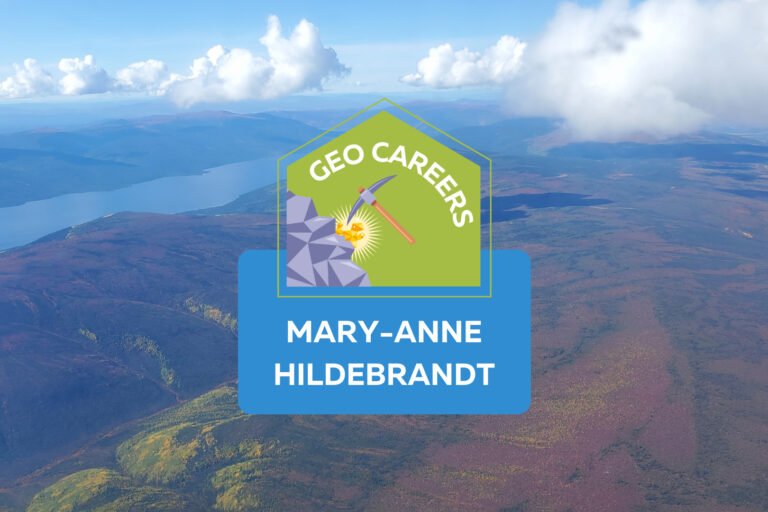What is a career?
Merriam-Webster defines career as “a profession for which one trains, and which is undertaken as a permanent calling.” With more workplaces embracing the idea of flexibility, the weight of words like “permanent” and “calling” evoke something else entirely. Career originates from the Latin carrus, as in a wheeled cart, which some interpret to mean chariot (Online Etymology Dictionary, n.d.). It sounds a great deal more epic than logging into a laptop for another Zoom call. Imagine you and your coworkers embarking on a journey in chariots each day. Surely, with that as your vision, nothing is out of reach.
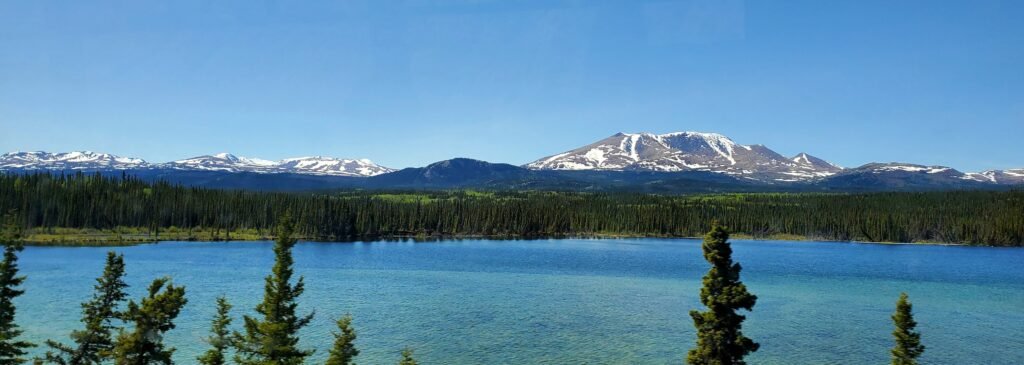
So, what do you do for a living?
It’s a common question for any social gathering, and yet, my answer is met with surprise. People are surprised to learn that I am not a teacher or nurse or some other career that matches their perception of who I am. No one has ever guessed that I am a geoscientist. Why? Do I not look or sound like a geologist? This encounter is not exclusive to the public. In truth, I’ve even been mistaken for an administrative assistant when standing in my office wearing head to toe safety gear surrounded by rock samples, and that’s not to say administration staff don’t do field work. They most certainly can and do! It’s that everyone carries bias, and when no other information is available, we fill in the missing data with assumptions based on our own perceptions of the world. Even recently at PDAC, I was asked if I was there as a member of the media, and not a geologist. Who knew that you could work in an industry for 17 years and still feel at times that you don’t quite fit other people’s perceptions of your job title.

Every day there are lessons, and some are only learned much later.
When I left university for my first summer field position in 2006, I intended to return for a Master of Science, but looming student debt and other family obligations drove me to stay in the industry. I dreamed about continuing to hone my skills in the areas of geoscience that I enjoyed. Early on, I had a conversation with a manager of a team I wanted to join about my career aspirations, and he tried to put an end to those dreams. He explained that no company would invest their finite resources to support my development in this field because I was a woman, and at the age of 25, I was too old. In his experience, it wouldn’t be long before I would marry, have children, and pursue a different career. I left that conversation feeling devastated because this manager was someone that I truly respected. At the time, I didn’t know how to challenge the underlying beliefs and assumptions that he had conveyed about me. I questioned whether saying anything at all would make a difference. Who was he to decide what my future would hold? That evening, I resolved to not let his ignorance define me.
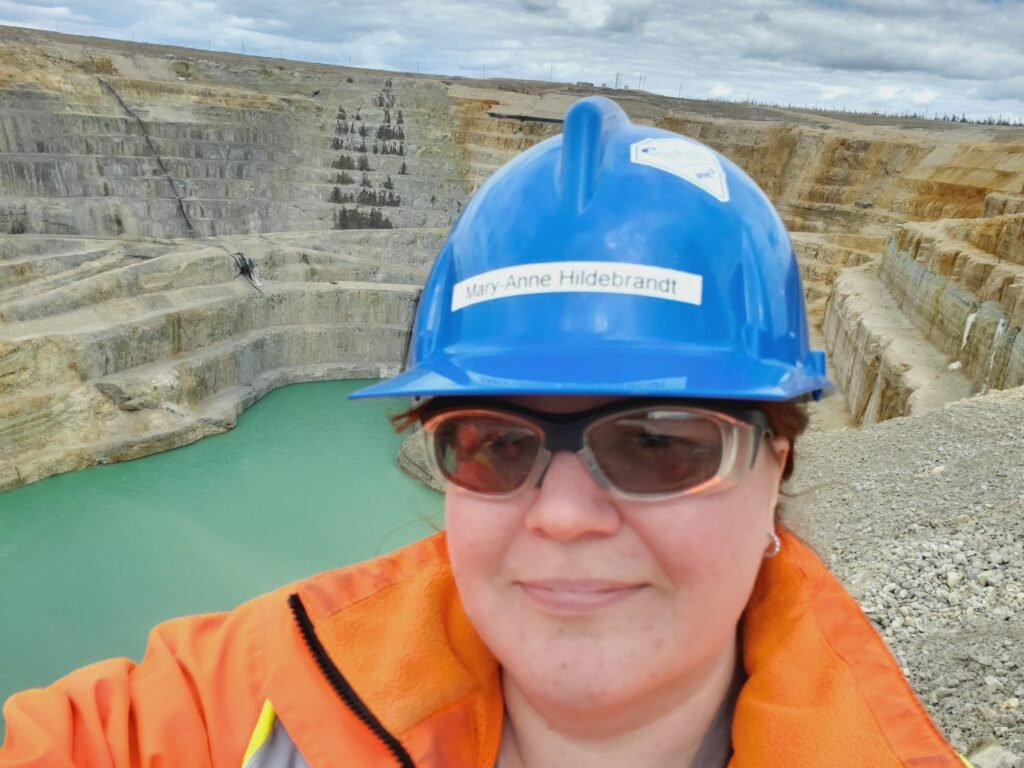
Did you stay in Geoscience?
I have had the good fortune to have worked in the field of geoscience since graduating and successfully achieved my designation as a Professional Geoscientist (P.Geo.) in 2017. Drilling, sampling, mapping, and modelling led me to a deeper understanding of the influence of geological processes, sample bias, and error within spatial models and mineral estimates. In addition, the depth and breadth of the technical projects I have been able to work on has increased not only my technical skills but also my leadership skills. After working for several years as the person performing the annual reconciliation for Mineral Resources and co-authoring the technical report on the resource, I was appointed to carry out the duties of Competent Person (as defined in the SAMREC and the JORC codes) for the deposit I had spent years mapping and modelling. A Competent Person is responsible for preparing the technical report used for public disclosure of a Mineral Resource and Reserve. In the Canadian context, a CP would be similar to a Qualified Person or QP under the National Instrument 43-101 Standard. CPs, like QPs, are considered to be competent to sign-off because they meet or exceed the knowledge requirements and have enough time working in a particular commodity, like gold. There are other requirements, and for those working in the industry, it is best to be well-versed in the governing code or standard for your jurisdiction. It’s an incredibly important responsibility that cannot be taken lightly, and I was honoured to know that those in power trusted my capabilities to appoint me into that role. Although I enjoy the technical aspects of my work, I have found mentoring and coaching others to be equally, if not more, rewarding.

My career has carried me to remote areas across Canada and even overseas to Botswana and South Africa. I am forever grateful to have been mentored and supervised by professionals who are highly respected in their field. These are the people who saw the value I could add to a team and a project, and they were instrumental in why I stayed the course. I found professionals from all disciplines were always there to lend a hand or an ear to help find a solution to the latest problem.
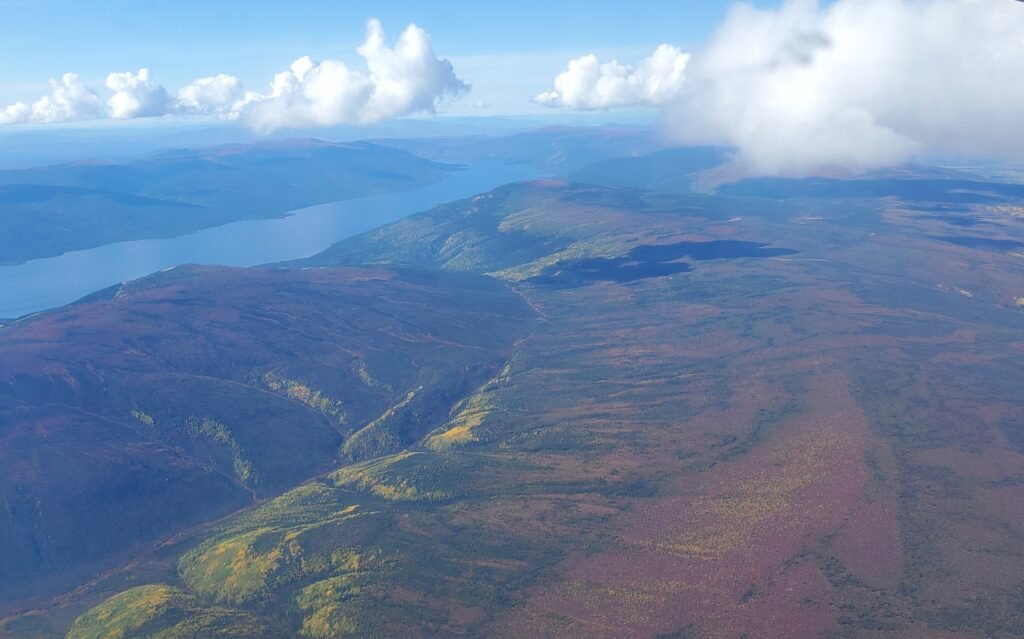
One project that I had been assigned was to create a spatial estimate for a stockpile. This was not the norm and fell outside of our regular workflow. A stockpile is not an in-situ deposit. To use it in a business plan, my work still needed to answer similar questions that would be asked during mineral classification of an in-situ deposit. There are a number of factors involved in this work, but to keep this brief, these are the types of questions that needed to be considered: How did the mining team place the rock? Do we have confidence in the volume of the stockpile? How was the volume measured? At what frequency was the volume measured? Do we have material movement records to support this? What about the bulk density? Is there any testwork to give confidence in the density model? What approach was taken to confirm the spatial distribution of grade? What is the data integrity and validity of the results related to revenue? I had ideas on how to go about it, but there was a technical hurdle.
One day I was brainstorming with a colleague, when a senior member of the team walked in to speak to my colleague on another project. He paused his day to listen, went over to a white board, and mapped out the process as I described it. Then it happened, he asked a question, and I had a eureka moment. There was sudden clarity. I could not only see the finished model in my mind, but also how it could be achieved. Like many other moments in my career, this one conversation was transformational. I created a mineral estimate that could be used for mine planning purposes and demonstrated for others in the company how a model like this could be done. What’s more is that through this work we were able to establish the criteria that was needed to build confidence in the model for a business plan. Answers are not always where you think you will find them, and don’t underestimate the power one conversation can have in finding success.
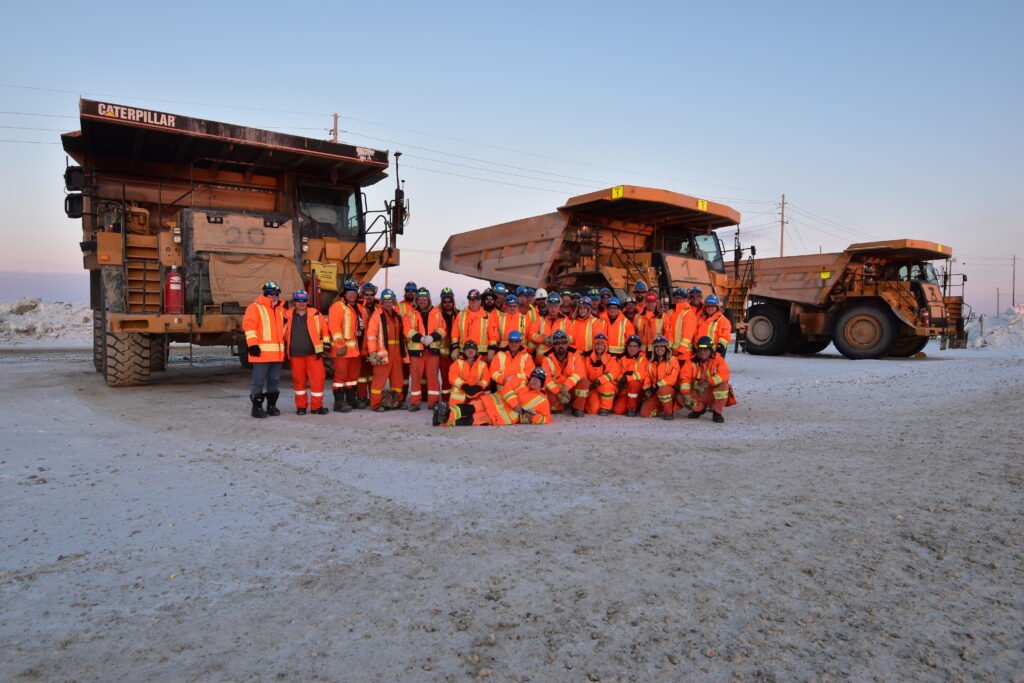
In recent years, I have also had the opportunity to make contributions to projects to develop alternative mining approaches. Being involved in innovative projects, I started looking beyond today, and this experience led me to lead projects that developed new technical systems and solutions for grade control, resource modelling, and management and storage of geoscience data to name a few. As geoscientists, we have so many tools at our disposal compared to a decade ago, and yet we are slow to integrate them into our work effectively. In part, we need to develop stronger communication methods so that we may gather support in our business and across the industry to adopt these new technologies and approaches into our work more easily.
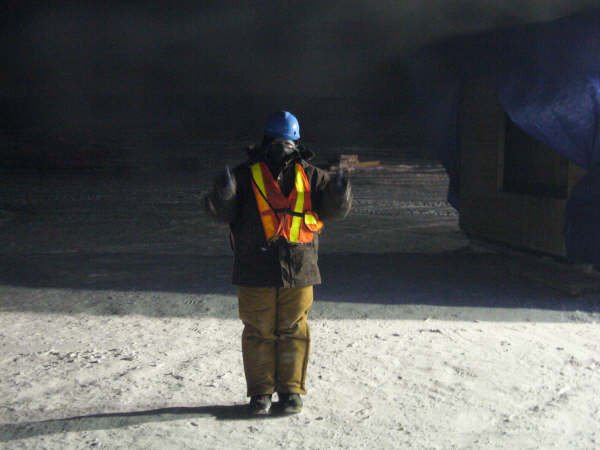
A key aspect of what a geologist does is identify opportunity and risk to our projects and make recommendations on how to seize that opportunity or mitigate the risk. This skillset naturally lends itself to other aspects of our work. While my main source of employment has always been in geoscience, I have always felt a strong obligation to contribute positively to the community around me. I have been and still am a champion for safety within my workplace. Beyond safety, as a woman in the mining industry, I recognize the struggles that women, BIPOC and LGBTQ2S+ have in achieving long-term success. Like many across the world, I was shaken by the death of George Floyd, and in August 2020, I decided to lead Professional Geoscientists’ Ontario’s new Diversity and Inclusion (D&I) ad hoc Committee. As a volunteer committee, we endeavoured to understand the role of a self-regulating organization (SRO) in relation to D&I and were able to demonstrate that professional geoscientists have an ethical duty to ensure that everyone is treated with fairness, dignity, and respect in the workplace. Our committee studied the Professional Geoscientists’ Act, Code of Ethics, and applicable legislation such as the Canadian Human Rights Act and the Canadian and Employment Equity Act in order to explain how D&I supports and aligns with PGO’s mandate “to serve and protect the public interest by governing the practice of professional geoscience in Ontario” (PGO, n.d.). We also looked at similar work that had been issued by other SROs in Canada such Engineers and Geoscientists British Columbia (EGBC). The practice of geoscience is a community with everyone sharing their knowledge and experience to produce the team’s best work. If we cannot speak our truth, how do we grow as professionals; how do we advance geoscience?
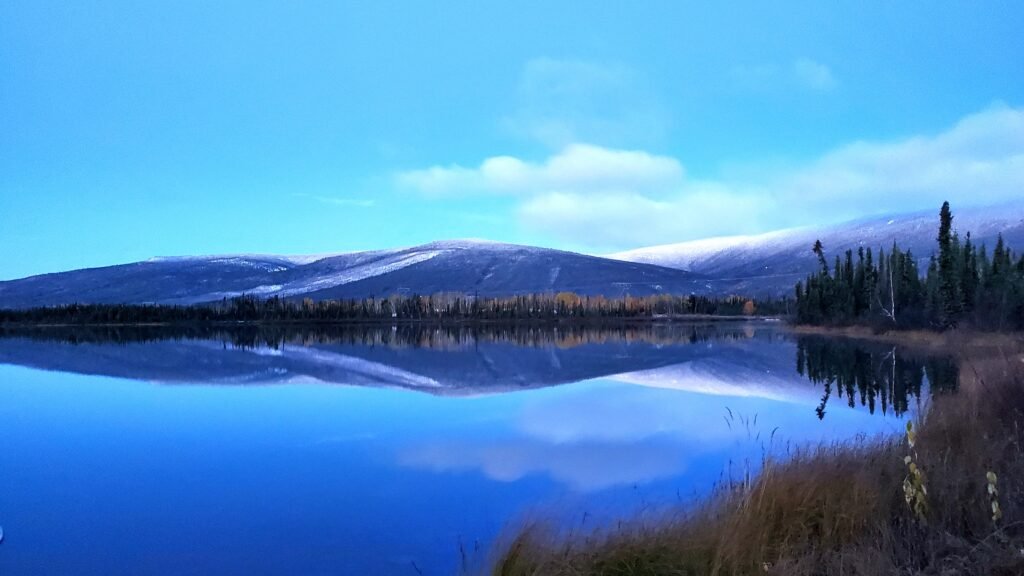
Resting on one’s laurels is not my modus operandi.
In 2021, I embarked on a new journey and pursued a professional master’s from Queen’s University in Earth and Energy Resources Leadership – all while working as a senior mine geologist in a fly-in/ fly-out position in the Yukon. This program helped to focus my ideas on what geoscientists in the mineral exploration and mining industry could do today and in the future to support the industry’s efforts to deliver solutions for society. We often are trapped in thinking linearly about mine production. Material is either ore or waste. The decisions taken are binary, and what is ore today may be wasted tomorrow. Folks may say that ore and waste are not so interchangeable, but there are several factors that contribute to frontline decisions which may not always be in harmony with the larger business plan. Putting pen to paper led my ideas to take flight, and some were presented at the 8th International Conference on Tailings Management (Gecamin) in 2022. The conference paper and presentation included several practical recommendations that could be implemented today. The story didn’t end there. I decided to dedicate my 12-month master’s project to understanding how the Mining industry could better support a circular economy. What I have learned is that we as a society need to reevaluate our beliefs of ore, waste, and closure, as these underlying beliefs influence all of processes from project development, to permitting and planning, to mine closure. We need to think seriously as a society on how we define value. Every consumer product relies on mining. There is an old adage that says, “if it’s not grown, it’s mined.” Think over your lifetime, how many items that you have contributed to the local landfill? Why is it acceptable to dispose of these raw materials so readily when we, as a society, put so much effort into acquiring them? I am not the first nor will I be the last person to suggest that we need more opportunities in our everyday products to reuse, reduce, and recycle.

Through my experience, I have witnessed firsthand the financial, technical, environmental, and social challenges faced by the industry and society-at-large. Today, and in the days ahead, we will need leaders willing to break existing barriers in order to remain competitive and meet society’s demands. We must be able to work in new and dynamic ways to meet the demands of the global market while at the same time understanding and reducing any detrimental impacts of business on the environment and local communities. For example, in the 2019 tailings dam failure in Brazil, I was working at a mine in northern Ontario. Shortly after the Brazilian incident, our Technical team was asked to assess the risk of our tailings facilities. We were not the only team that received that call. Operations globally received that call from leaders in various companies across the industry. There seemed to be an immediate shift in the mindset of the entire industry in a very short time, and with good reason, 270 people had been killed in the tailings dam failure in Brazil. This demonstrated that industry can set aside our competitive nature and work together in a meaningful and powerful way that benefits and protects the public interest.

What is your legacy?
Working at an active mine has its challenges, but closing a mine and closing out a Mineral Resource is an entirely different experience. It makes you think more deeply about what is left when all is said and done. With only 17 years working in geoscience, I often feel like I just started when I look at other people’s careers who have been in the industry 30+ years, and although it is important to understand what others have done, you must remember that you are creating your own path. You are an individual, and what you do in this industry will have an impact in ways unimagined because of your uniqueness.
When I worked in mining, one of the first activities when arriving back to site after time away was to go on a pit tour with my colleagues. Each and every time I would be marvelled at the work completed by the mining team. We had uncovered new areas to map offering new chances to gain greater understanding of the Earth and its processes. There was so much opportunity to learn and explore. It was truly incredible to be a member of a team that could work productively while taking great care of each other and the environment. This experience only further strengthened my belief that humanity can achieve anything when motivated.
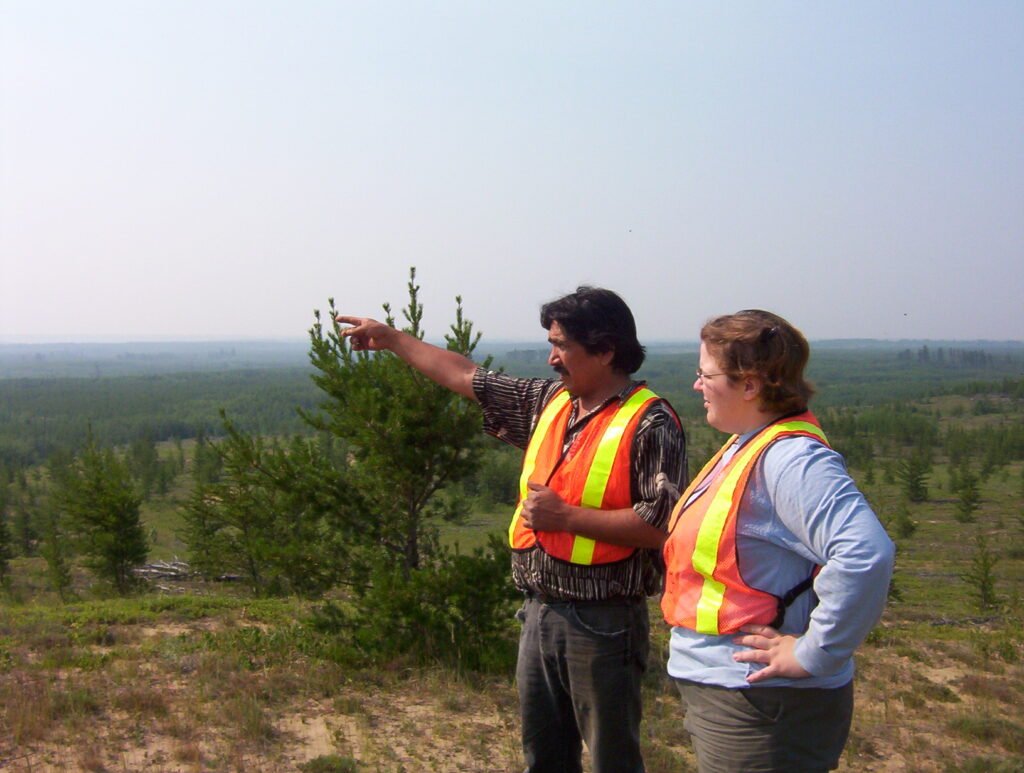
The mining industry is needed to produce the raw materials for society, and it’s a great industry in which to work. However, change is needed to demonstrate meaningful commitment to respecting the land, impacted communities, and each other. Geoscientists tend to travel and work in the remote areas of Canada, and as such, we are often the first to engage with First Nations communities on a mineral project. My work has been enriched when working alongside local community members. They have taught me that there are other ways of knowing the land that we explore. As scientists we need to remain open and flexible in our thinking. If we adhere too closely to convention, we may miss critical pieces of information. Geoscience is organic. Our understanding evolves through new observations and discourse. As such, we must collaborate and seek multidisciplinary approaches to develop solutions that help society. Also as a Canadian, working in this industry has led me to learn more about the history and culture of this land, its people, and how we are all connected. I encourage you to look deeper. I once wrote to my former colleagues in the Yukon that, “In the stillness of this beautiful land, there is a story that is waiting to be known.” I feel this could equally apply to much of our country if we pause to listen.
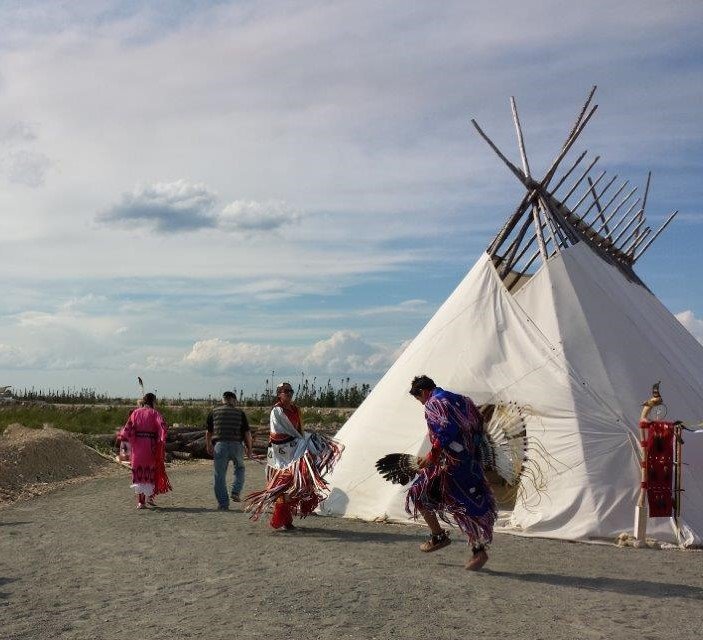
In the early years of my career, I often granted others the permission to silence my voice. That manager that had told me that I would never receive development opportunities in this industry was misguided. I never forgot what he had said to me or how it made me feel, but I didn’t let it burden me. There will always be people who try to cast a shadow over your light. What I’ve found is that there will be plenty more people who will show support and encouragement. Be courageous and ask the tough questions, and when your ideas are rejected, do not lose hope. To advance our profession, we must listen, collaborate, and deliver on the promise of tomorrow.
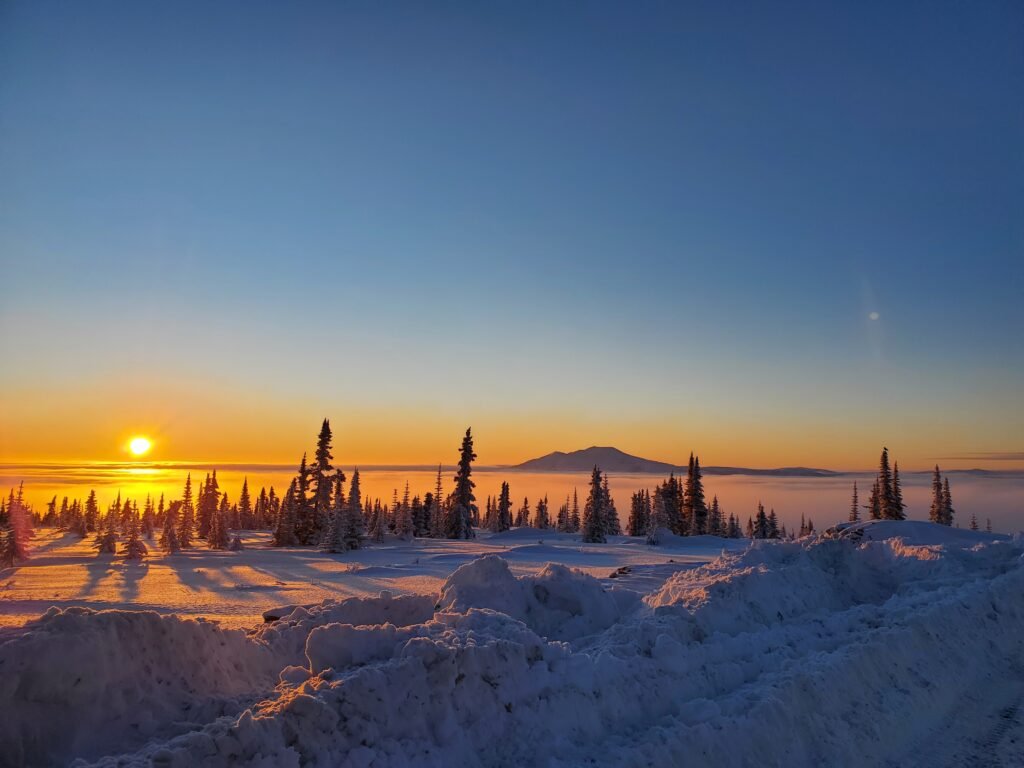
References
career. 2023. In Merriam-Webster.com. Retrieved May 29, 2023, from https://www.merriam-webster.com/dictionary/career
career. 2023. In the Online Etymology Dictionary. Retrieved May 29, 2023, from https://www.etymonline.com/word/career
PGO, n.d.. About PGO. Retrieved June 4, 2023, from https://www.pgo.ca/about/about-pgo
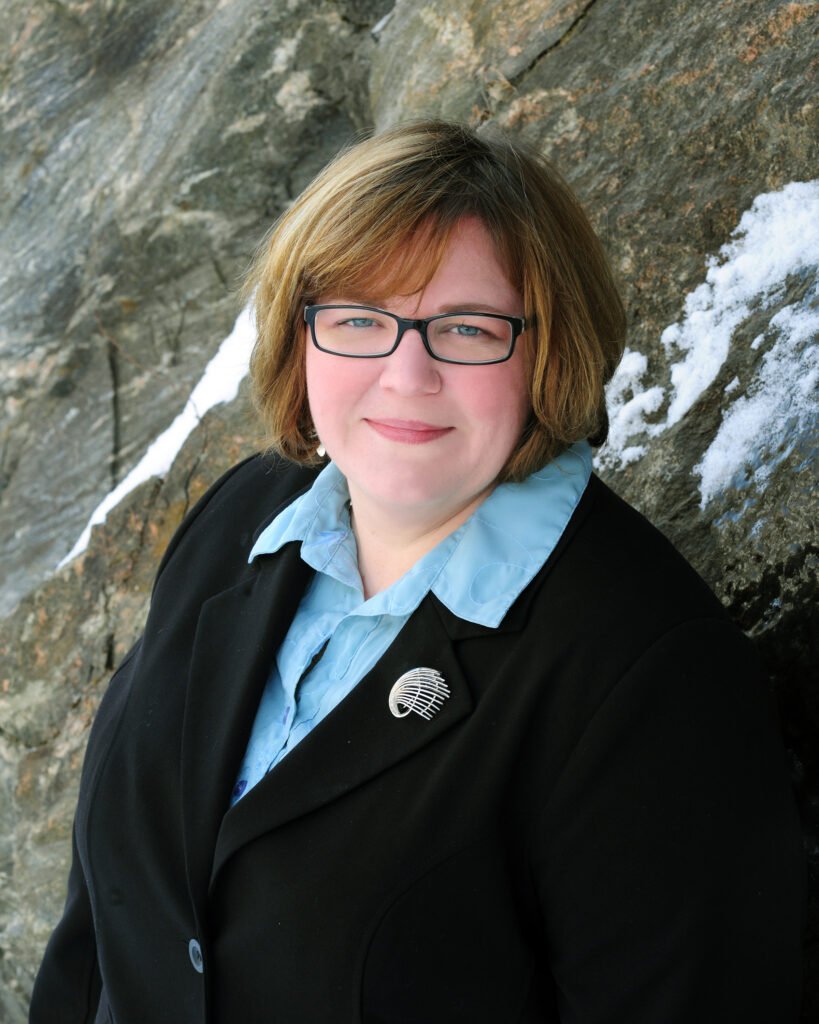
Mary-Anne Hildebrandt, BSc, BAH, MEERL, P.Geo., FGC:
Mary-Anne has worked in the mining and exploration industry for 17 years, with experience in all aspects of economic geology. She was nominated for the Women in Mining Canada 2020 Trailblazer Award and the De Beers safety leadership award (twice). She was designated a Fellow of Geoscience Canada (FGC) in 2022. She has had the unique experience of working as a geoscientist on an operation from “cradle to grave” and progressed her career during that time to a Competent Person (CP). Mary-Anne holds a BSc in Geological and Earth Sciences, a BA in Political Studies, and a Master of Earth and Energy Resource Leadership degree. In 2022, she was elected as Vice President of the Professional Geoscientists Ontario (PGO) Council and assumed the role of President in June 2023 for a one-year term. Dedicated to developing and defining geoscience best practice, Mary-Anne is a leader, mentor and champion of innovative solutions in the workplace.

